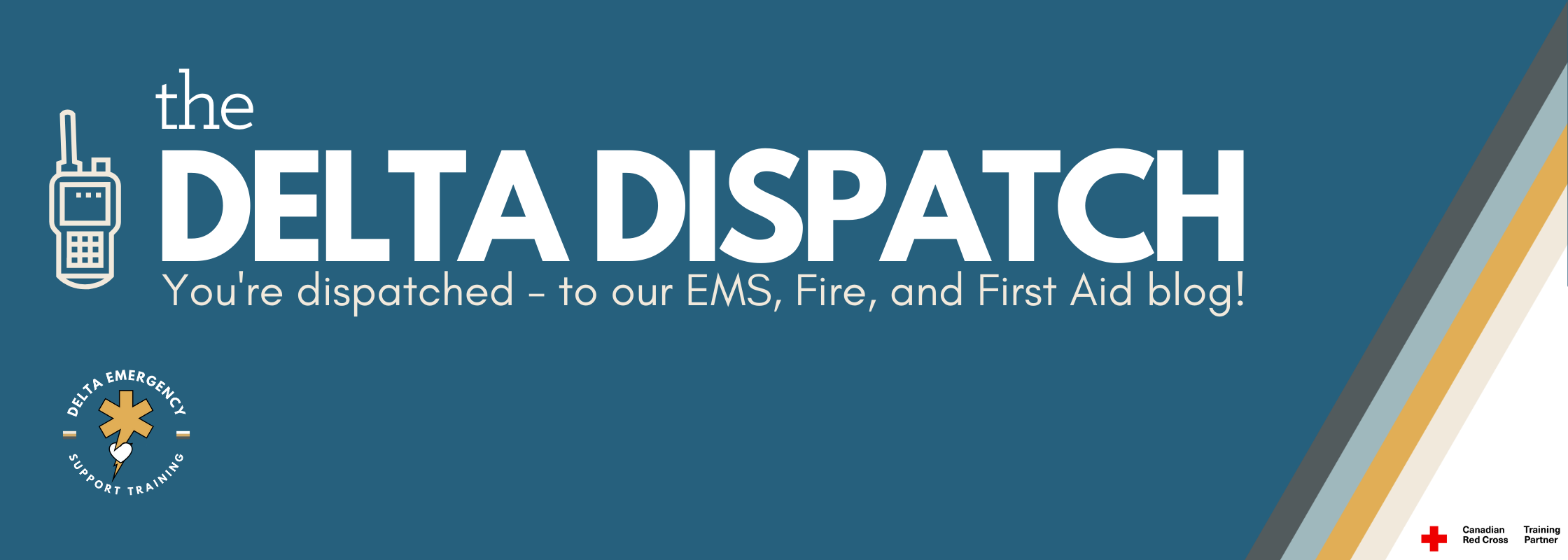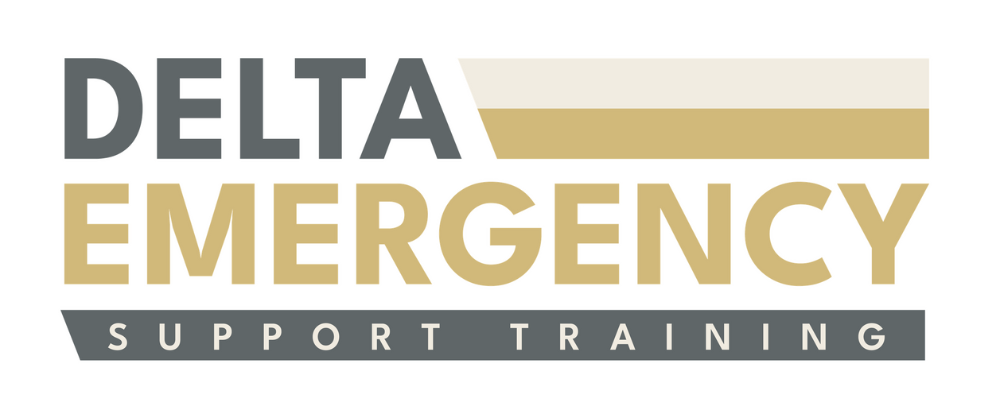Scene Assessment for AFA & EMR: A Step-by-Step Guide
/In emergency medical care, scene assessment is your first critical move. It ensures your safety, guides your approach to the patient, and sets the foundation for triage, treatment, and transport. Whether you’re first on the scene or part of a larger response team, a systematic assessment process helps you stay focused and effective.
🚨 Step 1: Scene Overview – HEMPPA
The acronym HEMPPA helps responders quickly assess for overall scene safety and initial priorities:
H – Hazards
Look for anything that could harm you, the patient, or bystanders.
Examples: traffic, fire, electricity, gas, violence, sharp objects.
Why it matters: A dead rescuer helps no one. Always protect yourself first.
E – Environment
Assess conditions like weather, lighting, terrain, and location access.
Slippery roads, tight spaces, or poor visibility can impact patient care and evacuation.
M – Mechanism of Injury (MOI) / Nature of Illness (NOI)
MOI: What caused the injury? (e.g., fall from height, motor vehicle crash)
NOI: For medical calls, what’s wrong? (e.g., chest pain, shortness of breath)
P – Patients (Number)
Are there multiple patients?
Call for more resources if needed (e.g., MVC with multiple occupants).
P – PPE (Personal Protective Equipment)
Gloves, eye protection, masks — wear what’s appropriate to protect from bodily fluids or contaminants.
A – Additional Resources
Fire, police, ALS units, specialized rescue — ask early.
Helps control the scene, provide support, or manage large-scale incidents.
🧠 Step 2: What Else Should You Ask or Observe?
Here are key scene-based questions that build context before you even touch the patient:
Position of the patient: Supine, seated, slumped, or ejected from vehicle?
Witness reports: What did bystanders or family see? Events leading up to the incident?
Chief complaint: What is bothering the patient most right now?
Age & gender: Helps form medical differentials quickly.
Is the patient tracking/responding? (Eye contact, awareness)
Skin colour and condition: Pale, cyanotic, flushed? Cool, clammy, hot? Clues for perfusion.
🔤 PWCATS: For Immediate Patient Impressions
PWCATS helps EMRs gather critical info during the primary assessment.
P – Position
Are they standing, lying, slumped, or fetal?
Can indicate level of distress or unconsciousness.
W – Witnesses
Ask what happened, timing, onset of symptoms, seizure activity, etc.
Helps reconstruct events and guide priorities.
C – Chief Complaint
What’s their main issue? Chest pain, difficulty breathing, pain scale?
Directs your initial focus and treatment.
A – Age
Children and elderly present differently.
Age affects vital signs, resilience, and urgency of care.
T – Tracking (eye contact/alertness)
Are they focused? Following your movements?
Quick check of neurologic status or altered mental state.
S – Skin (colour, condition, temperature)
Pale, cool, clammy = shock.
Flushed, hot = fever or heat stroke.
Cyanosis (blue lips/nails) = hypoxia.
⚠️ SCORTS: Scene-Specific Red Flags
Use SCORTS to identify serious, time-sensitive conditions or complicating factors:
S – Stridor / SOB (Shortness of Breath)
Upper airway obstruction or respiratory distress?
High priority for airway intervention or oxygenation.
C – C-Spine
Suspect spinal injury if trauma involved (falls, MVCs).
Apply manual stabilization early if indicated.
O – Obvious Bleeding
Life-threatening external bleeds need immediate control — pressure, tourniquet, or dressing.
R – Rural / Remote
Consider access to definitive care, transport time, or need for air medevac.
Distance may increase urgency for certain interventions.
T – Time from ER
How far are you from advanced care?
May influence treatment decisions, especially in critical cases.
S – Stable / Unstable
Is the patient deteriorating? ABCs intact?
Helps you determine the transport priority and whether to initiate rapid extrication.
🧭 Scene Assessment in Action: Example Workflow
Pull up, pause, and scan: Use HEMPPA.
Approach safely with PPE on.
Identify number of patients, call for help if needed.
Walk up, observe PWCATS.
Start ABC assessment and initiate any urgent interventions.
Consider SCORTS: look for red flags or complicating factors.
Report findings and updates using structured handover (e.g., ISBAR or CHART).
📋 Summary Cheat Sheet
AcronymStands ForPurpose HEMPPA Hazards, Environment, MOI/NOI, Patients, PPE, Additional ResourcesScene safety & setup PWCATSPosition, Witness, Chief Complaint, Age, Tracking, SkinInitial impression & focused questioning SCORTS Stridor/SOB, C-Spine, Obvious Bleeding, Rural, Time from ER, Stability Red flags & transport factors
🧑🏫 Learn Scene Assessment with Us
We teach all of this — and more — in our AFA and EMR classes. You'll learn to apply these acronyms like HEMPPA, PWCATS, and SCORTS in realistic emergency scenarios, helping you build the confidence to assess any scene quickly and safely. Scene assessment is one of the most critical skills a first responder can have, and we make sure you understand why it matters — not just in theory, but in action.




